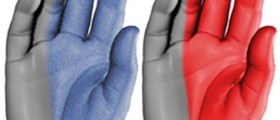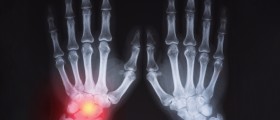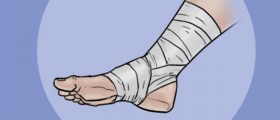
Trigger Finger Overview
Trigger finger is a rather condition which features with fingers or thumbs locked in a bent position. The problem lies in inflammation of the finger and thumb tendons. Tendons are fibrous strips that are connected to the bones and the muscles and after the muscle contracts the tendon pulls the finger and brings it into a specific position depending on the muscle which has contracted. After the muscle relaxation the finger comes back into a normal position. In trigger finger the affected finger or a thumb cannot return to a normal position.
The actual cause of this medical condition is not clear. In some people it affects only one finger while others may experience the blockage of several fingers at the same time. It is believed that trigger finger is a consequence of discrepancy between the size of the tendon and the entrance to the tendon sheet. Inflammation is the cause of this discrepancy in most cases. In the beginning, the finger will snap when the fist is relaxing. In advanced stages the finger will be able to return to normal position only if a person uses active force to straighten it. And finally, in some cases the finger will stay in such position when straightening is not even possible.
Conventional Therapy and Surgery for Trigger Finger
In majority of cases the treatment starts with injections of corticosteroids. These medications are injected into the flexor tendon sheath and they reduce the swelling and the inflammation. This therapy can be effective even after a single shot, but the results are only temporary. Still in some cases injections of cortisone can be the permanent solution.
In case that the patient does not respond to conservative treatment the surgery will solve the problem. Surgery for trigger finger is performed under local anesthesia. The surgeon cuts the skin of the hand and releases the tight portion of the flexor tendon. A bandage is applied onto the hand and it is removed a few days after the surgical procedure. The patient is advised to move the finger since the movements will prevent adhesions from forming and all the movements will be successfully restored.
Surgery is most commonly performed in patients whose condition is caused by repetitive strain on the hand, wrist and fingers. The surgery is not so risky and the results are excellent.
The complications of the surgery include inadequate release of the tendon which results in the reoccurrence of the condition. Additionally, a patient may develop infection, the finger may become stiff and in rather rare cases certain nerves can be damaged.

















Your thoughts on this
Loading...